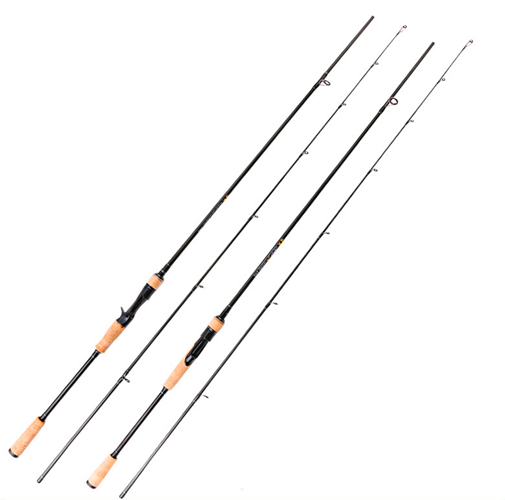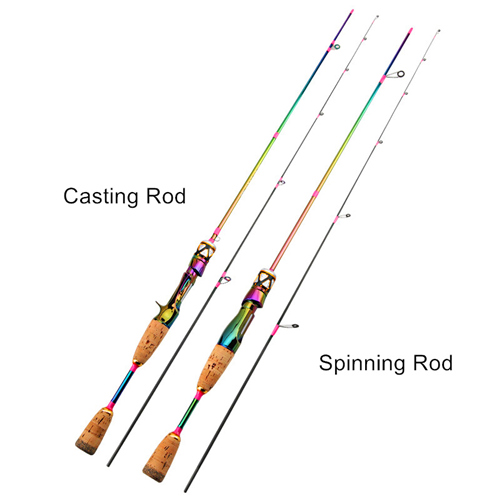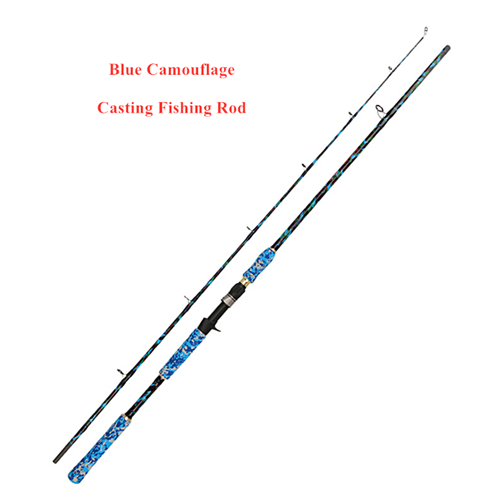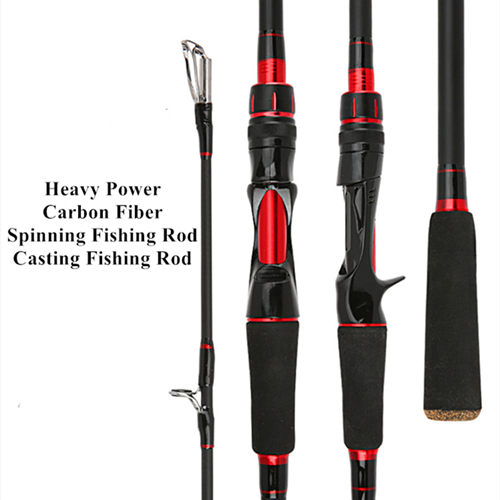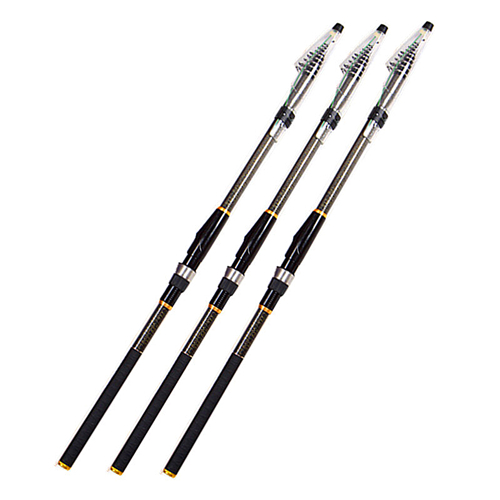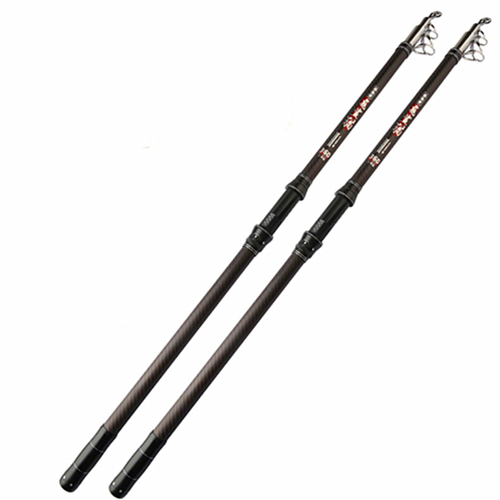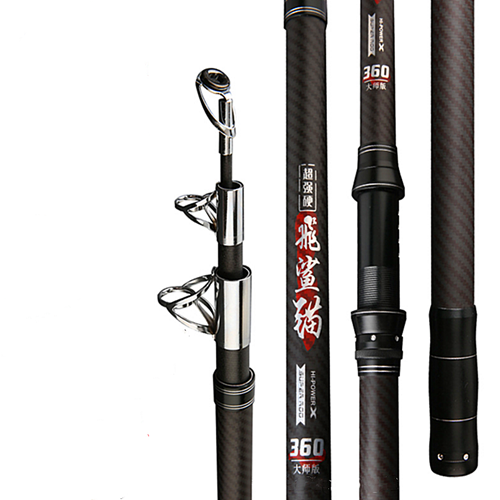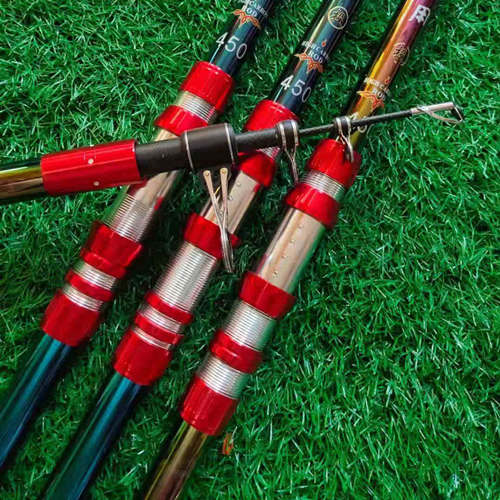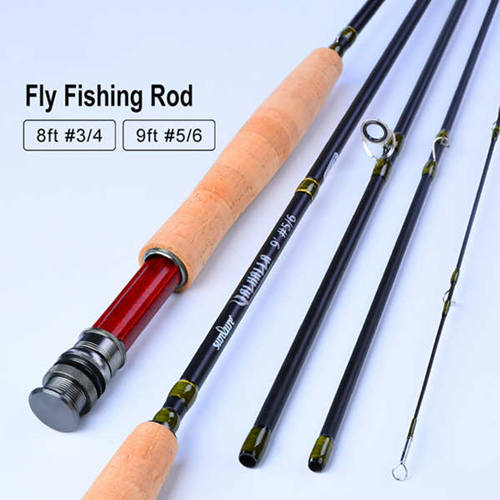How to choose fishing rods
When we go out
and buy our first fishing rod, the type of fish we’ll be chasing and the number
of pretty pennies we’ll be spending are often the two most limiting factors.
And, while we’ve now amassed quite the collection, those factors are still key
considerations when we are looking for a new fishing rod to add to
the arsenal.
If you’re just
starting out and looking at buying your first fishing rod, the sheer number of
available options can be confusing. Luckily, a little bit of research is all
that’s needed to help you choose the right fishing rod for the job – and this
is a great place to start. In our fishing
rod buyer’s guide, we explain how to choose a fishing rod based on your target
species and fishing environment.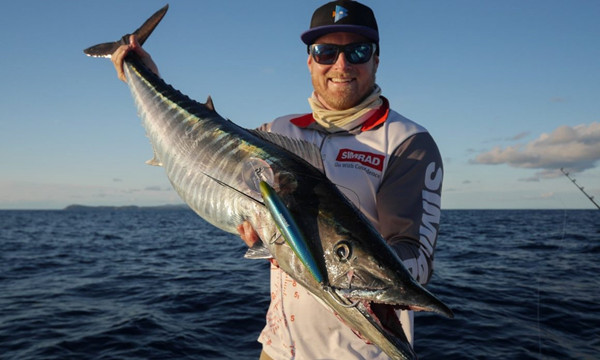
Things to consider when
choosing a fishing rod
The most
important things to consider when choosing your fishing rod are what species
you’re targeting and how you’re going to target them.
You might be focusing your efforts on a particular fish or you may be looking
for a multi-purpose rod to target many different species. Asking yourself a few
key questions will help you narrow down your search for the right rod.
- Are you a land-based angler?
- Are you intending to fish from a kayak or boat?
- Are you fishing off the beach or rocks?
- Will you be doing a bit of bush bashing or wading through rivers to get to your spot?
- Do you like to travel and pack a rod with you?
- Do you fish off jetties and piers?
- What body of water are you going to be fishing?

This may seem complicated but it doesn’t have to be. Buying a rod just requires a good understanding of what you’re fishing for and the environments you plan to spend most of your time dropping your line in. Different ways of fishing may limit which rod you’ll be able to use. For example, if you plan on fishing only in shallow creeks and estuaries, you’ll be far better suited to a lightweight spinning rod, rather than a heavy surf rod.
If this is the start of your fishing career, we reckon it’s worth taking a gander at our beginner’s guide to fishing gear for more detailed information about the rest of the kit you’ll need.
Choosing a rod to match your preferred fishing method
Now we’ve taken care of the ‘where’ and the ‘what’, now we need to think about ‘how’. In particular, how we are targeting a species of fish or fishing a body of water.
- Are we using lures, bait, or both?
- Are we casting, and if so, where are we fishing?
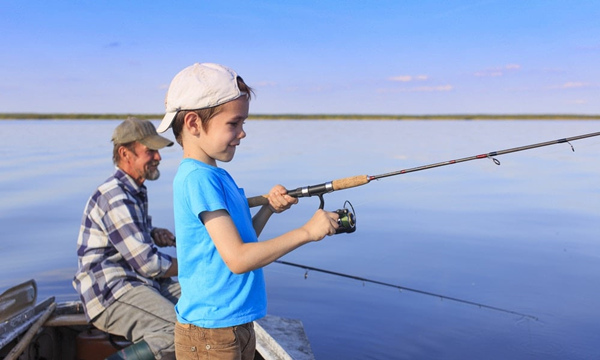
Fishing rods are typically designed to suit a particular method and are defined by the type of reel or rig that works most effectively with that setup.
Typically, rods are put into categories of spinning, baitcasting, surf, telescopic, overhead and fly.
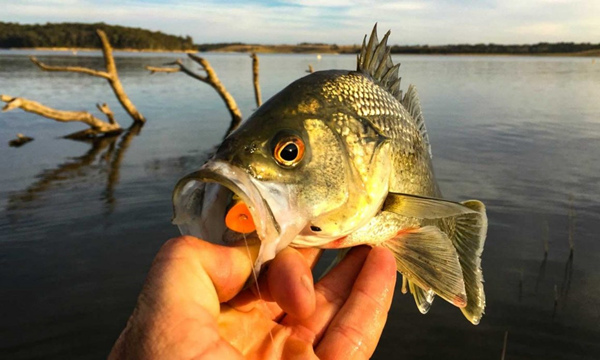
Spinning rods
Spinning rods are the most common type of rod found in the hands of fishos of all skill levels. A spinning reel is fitted underneath the rod making it a very versatile rod and reel combo suitable for lure casting and bait fishing. Depending on the weight class of your setup, a spinning rod can be used to target a wide range of small to medium-sized fish species from the shore, and they are well suited to boat and kayak fishing.
Baitcasting rods
Baitcasting rods are a great alternative to spinning rods, as they’re quite versatile, but recommended for the more experienced fishos. ‘Why’s that?’ you may be wondering. Ever heard of a ‘bird’s nest’? Amateurs can very quickly be turned off by a baitcasting rod and reel combo, because without the proper handling, they are prone to tangling on the spool. But for an experienced angler, they offer even greater accuracy when casting and more control when handling a fish.
Surf rods
Surf rods, as the name suggests, are designed specifically to suit surf fishing (but they’re ideal for fishing off rocks as well). The longest of the rod family, surf rods can be up to 4-5 metres long and are used from the shore to cast extremely long distances past the breaking waves to where the fish like to feed. Surf rods are usually used with big eggbeater reels or ‘Alvey’ style reels to tackle big fish and cope with the added weight when pulling your catch in through the waves. To transport them easily, surf rods can be broken down into multiple pieces.
Telescopic rods
Telescopic rods are designed to suit any angler’s lifestyle where either: a) they’re on the road a lot and a telescopic rod fits perfectly in the boot of the car; b) they can’t travel or adventure without taking a fishing rod or, c) don’t have enough room at home for a full-size rod. The tech behind telescopic rods has come a long way. Gone are the days of flimsy plastic-feeling rods: now there are some terrific telescopic and travel rods on the market suitable for small to medium-sized fish, typically designed for use with spinning reels.
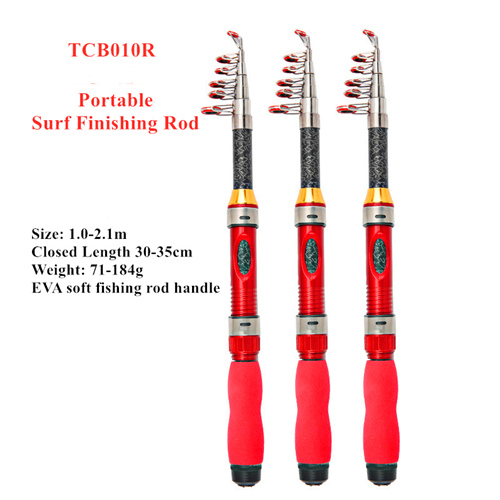
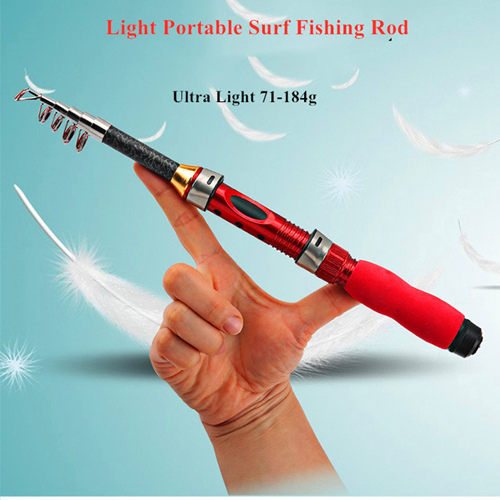
Fly rods
Fly rods are specifically designed for use with a fly reel when fly fishing. Fly fishing is very different to other traditional forms of fishing. It’s often compared to hunting, where stealth, patience and a whole bunch of skill is needed to cast a fly to mimic what the species is feeding on.
Fly rods are not just geared up for trout fishing in mountain streams and freshwater lakes – there’s an abundance of rods, reels, lines, and flies to suit fishing everything from bass to bream, barra and beyond. If you’re interested in learning more about fly fishing, we’ve got some great tips for beginners.
Kids rods
The first thing to consider when choosing a fishing rod for a child is the size. If the rod is too big for your kids to handle, they’ll become frustrated and may lose interest.
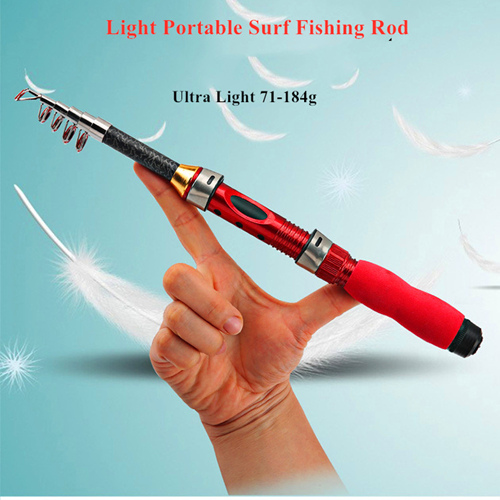
While target species and fishing environment should still factor into your decision, an all-rounder rod, or rod and reel combo, (such as a light, spinning rod and reel combo) is usually a good choice when buying for kids – after all, it will probably need to be replaced with a larger model as your child grows.
For a quick reference, check out this infographic which breaks down the major rod types, explaining where they are most commonly used, the type of reel they are best suited for and the relationship between rod action and power.
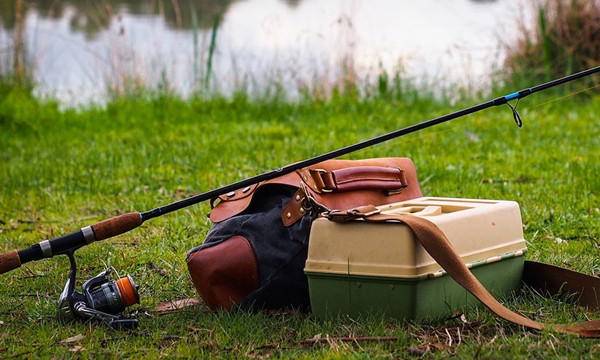
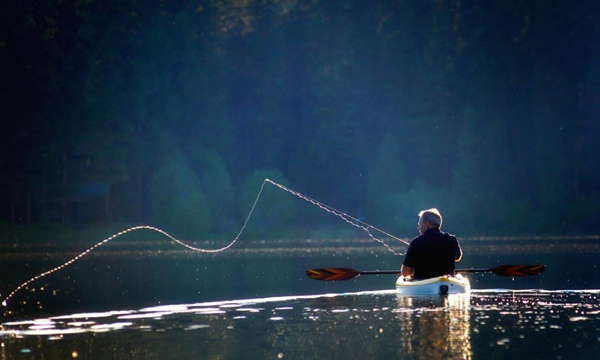
CATEGORIES
CONTACT US
Contact: Sale Department
Phone:
Tel: skype: info@yibaofishing.com
Email: info@yibaofishing.com
Add: Room 518, #3 Building, Number 98 JiangKai Road, Shanghai City
